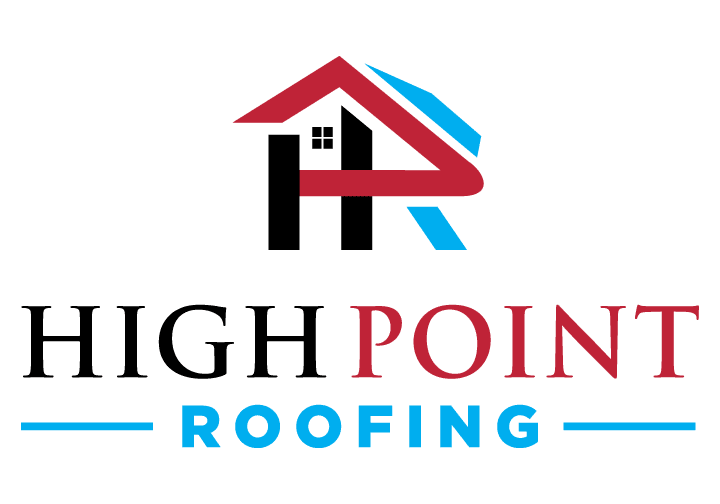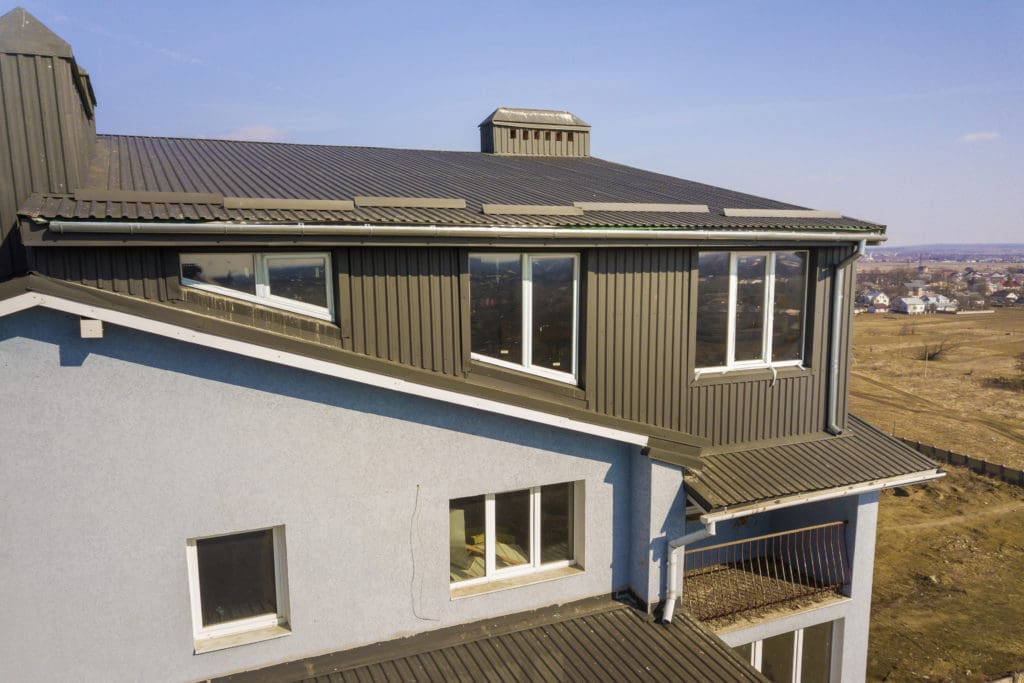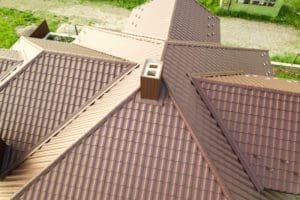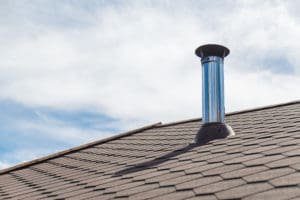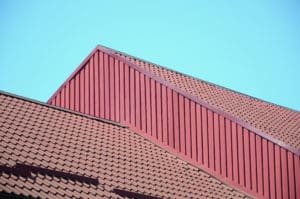The Role of Ventilation: How Ventilation Aids the Longevity of Your Roof
When it comes to safeguarding your home, roof longevity stands as a paramount concern. High Point Roofing knows that a robust and enduring roof shields your entire abode from the elements, ensuring a secure and comfortable living space. Delving into the role of ventilation in extending roof lifespan is key to preserving your roof’s integrity. In this guide, we will discuss the role of ventilation and the intricate link between ventilation and roof durability. We also spotlight common ventilation blunders and provide expert guidance for enhancing your roof’s ventilation system.
Grasping the Fundamentals of Roof Ventilation
Healthy and durable roofing hinges on effective roof ventilation. This entails a meticulous management of airflow within your attic or roof space. By permitting fresh outdoor air to enter and expelling warm, damp indoor air, roof ventilation maintains proper air circulation, averting a range of potential complications.
Roof ventilation encompasses various systems, each tailored to distinct needs. Let’s delve into a few common types:
- Ridge Ventilation This method excels at fostering air circulation within your roof space. Positioned along the roof’s peak, ridge ventilation creates an uninterrupted ridge opening. As warm air ascends, it easily exits through this opening, while cool air enters via soffit vents. This system masterfully maintains a harmonious airflow equilibrium.
- Soffit Ventilation Nestled beneath your roof’s overhang, soffit vents introduce fresh air into your attic, replacing stifling, humid air. With an ample number of soffit vents, a steady flow of refreshing air prevails, counteracting condensation and excessive heat buildup.
- Turbine Vents Ideal for locales with brisk winds, turbine vents employ wind power to expel air from your roof space. Wind creates a vacuum effect, propelling hot air out of the attic. Even in periods of low wind activity, turbine vents remain remarkably efficient, ensuring consistent ventilation.
- Static Vents Fixed openings in the roof, static vents facilitate hot air release. Operating sans mechanical or wind-powered mechanisms, these vents harness natural convection. As hot air ascends, it escapes via static vents, fostering unceasing fresh airflow. This budget-friendly choice proves effective for ventilation.
It’s crucial to acknowledge that ventilation effectiveness varies based on factors such as climate, roof design, and attic dimensions. Collaborating with a roofing expert aids in selecting the optimal ventilation system for your unique requirements.
Unveiling the Significance of Proper Roof Ventilation
Roof ventilation stands as a linchpin for sustaining a robust and functional household. Not only does it shield your roof and attic from moisture damage, but it also plays a pivotal role in curbing energy consumption. Let’s delve into the reasons underpinning the importance of proper roof ventilation.
Mitigating Moisture Damage Adequate roof ventilation proves indispensable in thwarting moisture damage to your roof and attic. Insufficient ventilation fosters condensation, leading to moisture buildup. This excess moisture wreaks havoc on your home’s structural integrity.
Over time, accumulated moisture spurs wood rot, mold proliferation, and insulation deterioration. These concerns imperil your roof’s stability, culminating in leaks, sagging, and, in severe cases, structural collapse. By maintaining balanced airflow – ushering fresh air in and expelling humid air – roof ventilation averts condensation, ultimately fortifying your roof’s longevity and your home’s overall structural soundness.
Curbing Energy Consumption Proper roof ventilation also wields a considerable influence on curbing energy usage, an outcome beneficial for both your wallet and the environment.
During warmer months, well-ventilated roofs dispel hot air, preventing it from infiltrating living spaces below. This alleviates cooling system stress, slashing energy bills and augmenting energy efficiency. By enabling hot air to escape, roof ventilation fosters a more comfortable living environment, particularly in regions boasting high temperatures and humidity.
Moreover, come colder months, roof ventilation curtails ice damming. The formation of ice dams results from melting snow that refreezes at roof eaves, culminating in obstructed drainage. This inflicts water infiltration and subsequent interior and roof damage.
By ensuring a uniform roof temperature, roof ventilation fends off ice dams. It permits warm attic air to exit, thwarting uneven snow melting and thus diminishing water infiltration risks. This shield guards against potential water damage to your home and roof.
In summation, proper roof ventilation is pivotal for nurturing your home’s well-being and structural integrity. It thwarts moisture damage, ranging from wood decay to mold proliferation, while also curbing energy consumption. By investing in appropriate roof ventilation, you champion your roof’s longevity, basking in a more comfortable and energy-efficient living environment.
Ventilation’s Influence on Roof Longevity with High Point Roofing
A Well-Ventilated Roof: Your Roof’s Guardian High Point Roofing attests that the role of ventilation in ensuring a longer lifespan for your roof cannot ve overstated. By facilitating hot air’s escape, ventilation regulates the roof space’s temperature. Excessive heat accelerates shingle and roofing material deterioration. Inversely, a cool roof space minimizes thermal expansion and contraction risks, safeguarding your roof’s structural robustness. Additionally, proper ventilation curbs ice damming likelihood, mitigating water damage and leaks.
Ventilation’s Impact Exemplified: Case Studies Several studies underline ventilation’s positive influence on roof longevity. A study conducted by roofing experts revealed that adequately ventilated roofs exhibited lifespans up to 15-20 years longer compared to poorly ventilated counterparts. This stark contrast underscores proper ventilation’s pivotal role in maximizing roof lifespan and protecting your investment.
Ventilation Missteps: How They Affect Roofs
- Inadequate Ventilation Inadequate ventilation results when the system falls short of delivering ample airflow, triggering poor attic or roof space circulation. This leads to excessive heat buildup, moisture accumulation, and a curtailed roof lifespan. Inadequate ventilation also contributes to ice dam formation during colder months, triggering water seepage and potential interior and roof damage.
- Over Ventilation Paradoxically, over ventilation manifests as excessive airflow within the roof space. This disrupts temperature and moisture control balance. Consequences entail heightened energy consumption, heat loss in colder seasons, and potential insulation damage.
Refining Your Roof’s Ventilation with Expert Insights from High Point Roofing
Seeking Professional Ventilation Appraisal Should ventilation issues raise concerns, consulting professional roofers is imperative. They’ll evaluate your current ventilation system, proposing fitting adjustments or enhancements. A comprehensive evaluation unearths existing ventilation predicaments requiring resolution.
DIY Ventilation Enhancement Hints
Empower yourself to enhance roof ventilation with these DIY steps:
Regularly clear vents and ridge openings of debris and obstructions. Ensure insulation doesn’t obstruct soffit vents. Incorporate additional vents or exhaust fans if required. Perform routine maintenance and inspections to uphold optimal ventilation. By combining these DIY tactics with professional input, you optimize your roof’s ventilation system, bolstering its longevity.
In conclusion, the role of ventilation plays in maintaining the longevity of your roof can’t be understated. It averts moisture damage, reins in energy consumption, and fortifies your home’s structural soundness. Grasping roof ventilation’s fundamentals, appreciating its significance, and sidestepping common blunders are steps toward safeguarding your roof investment. Whether through professional assessments or DIY enhancements, nurturing a well-ventilated roof space nurtures a sturdy and enduring roof for years to come, bolstering your home’s resilience.
